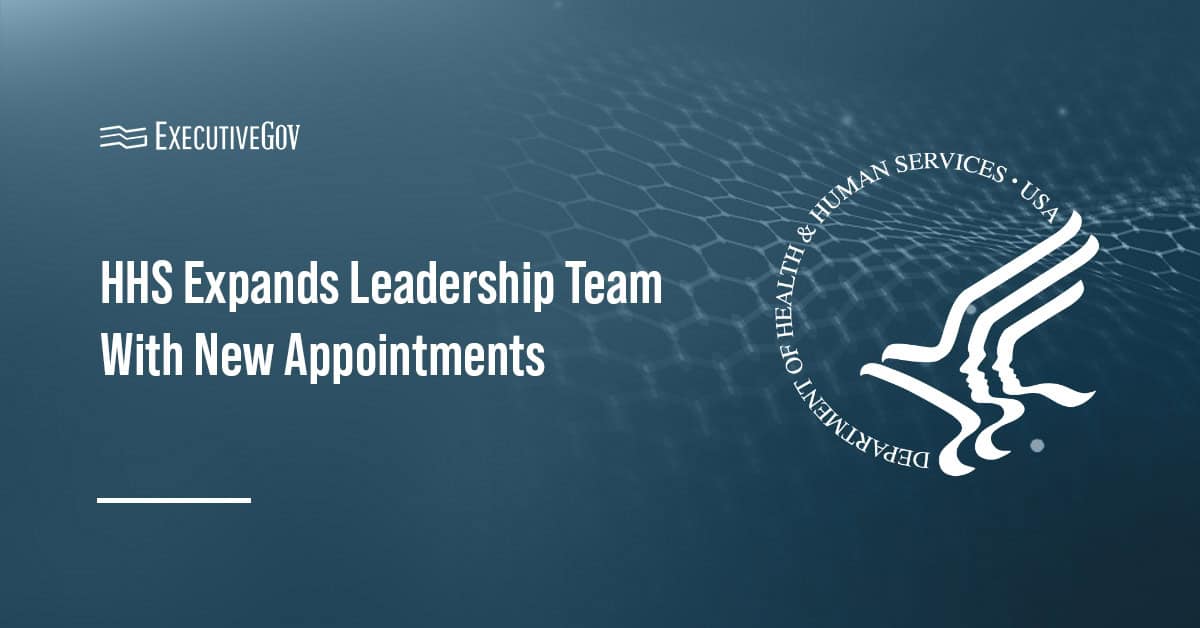 President Donald Trump looks to acquire a new variant of Boeing-built Super Hornet fighter jets to replace some orders of Lockheed Martin‘s F-35 aircraft, DoD Buzz reported Friday.
President Donald Trump looks to acquire a new variant of Boeing-built Super Hornet fighter jets to replace some orders of Lockheed Martin‘s F-35 aircraft, DoD Buzz reported Friday.Oriana Pawlyk writes Trump told reporters at the launch of Boeing’s 787 Dreamliner planes that the U.S. government could place some orders of F/A-18XT Super Hornet aircraft if the price of F-35 planes does not drop.
F/A-18 XT jets are designed to feature updates that work to help the aircraft receive targeting information from F-35, EA-18G Growler and E-2D Hawkeye planes, Pawlyk reported.
Boeing developed the F/A-18 XT combat jet concept for the U.S. Navy in a push to address a military strike fighter shortfall.





